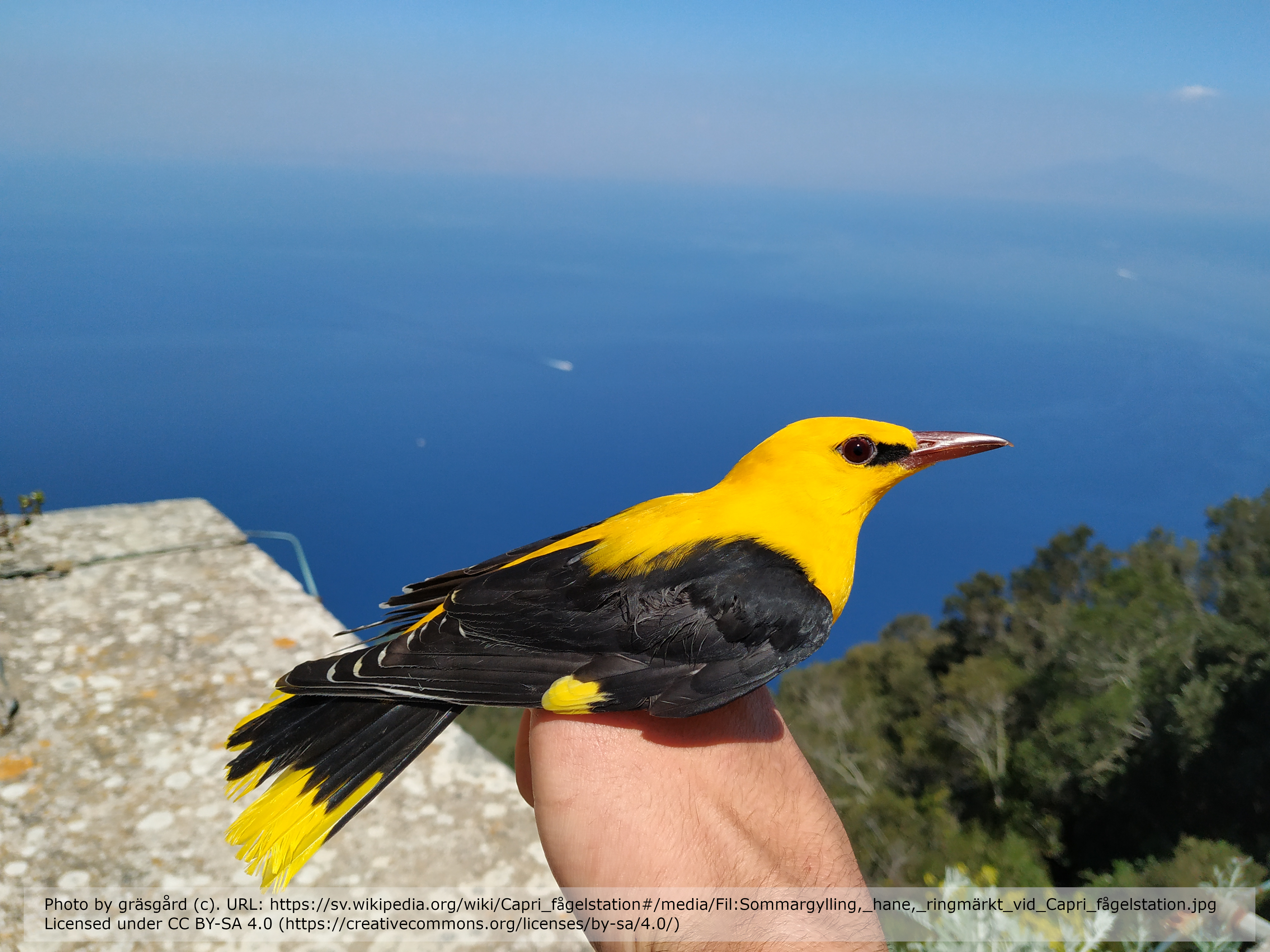Bird migration across the Mediterranean: ringing activities on Capri within the Progetto Piccole Isole
DOI:
https://doi.org/10.34080/os.v16.22726Keywords:
staging sites, stopover sites, bird ringing, bird banding, bird observatory, Italy, interspecific variationAbstract
Palearctic-African spring migrants are faced with the challenging crossing of the double ecological barrier of the Sahara Desert and the Mediterranean Sea. Islands represent unique opportunities to stopover and rest during these prolonged endurance flights. To study spring migration across the Mediterranean, the Italian Ringing Centre at INFS has co-ordinated the Progetto Piccole Isole since 1988 with Capri being among the most active stations. Islands are used as stopover sites by huge numbers of birds belonging to a wide range of species and irrespective of physical conditions of migrants. Clearly defined species-specific seasonal migration patterns are observed, and also differential migration of sex and age classes. Wide-front movements over the sea of typical nocturnal migrants occur also during daytime. Physiological studies confirm the importance of the short stopovers observed on the islands, which permit the birds to adjust their metabolic state, rest and rely, in many cases, on easily accessible nectar as an energetically rich food. Strong links with habitats both in Africa and within the Mediterranean confirm the need for internationally coordinated conservation strategies for Palearctic-African migrants.
Downloads

Downloads
Published
How to Cite
Issue
Section
License
The copyright of each contribution belongs to the author(s), but all contributions are published under a Creative Commons license, so that anyone is free to share and reuse the contribution as long as the copyright holder is attributed.







